E-bikes are electric two-wheelers designed with components like electric motors, batteries, propulsion systems, and other features that make cycling more convenient and accessible. These are gradually becoming popular as a viable transit option in urban environments. Their innovative features ensure they can help riders overcome common problems in such areas, including parking, traffic congestion, and hilly roads. However, e-bikes have different legal requirements from regular bicycles regarding ownership and operation due to these same features.

If you're new to e-biking, you may be wondering, "Are ebikes street-legal?". However, the important thing is to comply with the various rules and regulations regarding their use in the location where you ride. These include age, speed limits, helmets, and other requirements that ensure the safety and legality of e-bikers and other road users. This article explores identifying your e-bike type and the different rules to consider when using it in different countries and regions.
Classification of E-Bikes
There are three main classes of electric bikes, which are based on their top speed, type of motor assistance, and motor power. They are as follows:
Class 1
Class 1 e-bikes are those designed with a pedal assist system that can provide a top speed anywhere below 20 mph. These do not use throttles and require that riders push the pedals for the motor to work. They are often equipped with motors not more than 500W, which means some effort must be applied when riding uphill or over rough terrain. These e-bikes are suitable for beginners, commuters, and those who want to enjoy relaxing rides without much exertion.
Class 2
Electric bikes that fall under Class 2 can provide a top-assisted speed ranging from 20 mph to 25 mph. These use both the pedal assist and throttle systems, which enables riders to use both options for motion. You can either pedal on your preferred assist level or choose not to pedal, using the throttle instead. With an ebike motor power of up to 750W, these offer more flexibility and convenience for navigating challenging terrain.
Class 3
Class 3 e-bikes are designed with features that enable them to achieve top speeds of between 22 mph to 28 mph. These tend to be faster than others and deliver a more powerful performance across different terrains. They are suitable for extreme riders, long-distance commuters, and fitness enthusiasts. However, they are classified as vehicles in several places, with different restrictions on their operation.
What Rules Should I Consider When Riding an E-bike?
After identifying your e-bike type, you should know the laws of your area regarding safety and legality for using it on the road. Basic rules to observe include the following:
Speed Limit
The provided speed limit is one of the rules to consider when riding. This tends to vary with the region and must be on your mind from when you buy HAOQI electric bike. Check the specs to ensure they fit the speed limit stipulations for your location. This ensures you stay within the legal requirements when riding. Those who exceed the limits may be fined and prosecuted for speeding. Observe the traffic conditions and adjust accordingly to ensure your safety and that of others around you.
Traffic Laws
It is vital to observe the traffic laws of your region for several reasons. First, they are designed to ensure the safety and order of road users, including cyclists, pedestrians, and motorists. Obeying them can help you avoid accidents and fatalities when riding among others.
Traffic laws are also a way to respect the rights and responsibilities of other road users. Ensure to observe the different signs and signals you come across. Following them can help you avoid conflicts and disputes, as it demonstrates courtesy and cooperation towards others.
Helmet Requirement
A helmet may not be among the mandatory requirements for e-bikers in most countries, but it is still an important rule to observe. It is highly recommended that you wear one for your safety. This is mainly because the bike does not have a body, unlike a car or other vehicles. It is often the only thing protecting the rider's head from fatal injuries. Research shows that a helmet can reduce the risk of head injury by up to 85% in case of a crash. However, ensure to use a snug and well-fitted helmet made of high-quality material that can withstand pressure.
Are Ebikes Street Legal? Regulations by State
To answer the question "Are electric bikes street-legal", similar options must be considered, from mopeds to scooters and motorcycles. Not all electrically powered two-wheelers are seen as e-bikes under the law, and some may require a license and registration to ride legally. The definition may vary with different countries, but the basics are similar. In most places, it is defined as an electrically assisted pedal cycle (EAPC)
Legal Definition of an E-bike
In most places, an e-bike is designed as an electrically assisted pedal cycle (EAPC) with certain characteristics. They include the following:
- Its motor only assists the rider when pedaling, and does not have a throttle or twist grip that can power the bike without the pedals.
- The motor must not exceed a certain power output, which is often 250W or 750W.
- The speed must cut out at a certain point, around 20 mph to 22 mph.
These ensure you can use it without the bike being treated as a vehicle with so many requirements. If it does not fall within the EAPC definition, you will require license, registration, and insurance to use it.
Conclusion
This article answers questions from e-bike users regarding electric two-wheelers and their ownership and operation. However, different types are generally regarded as being in this category, even when they are not so legally. These include electric bikes, mopeds, electric scooters, and motorcycles.
Are electric bikes street-legal? Or are electric scooters street-legal in places like California? The simple answer is yes. Knowing your e-bike's class and other specs will help you determine whether or not you can use your two-wheeler without the strict registration and license requirements. As you do this, remember to follow traffic rules and regulations for enhanced safety.


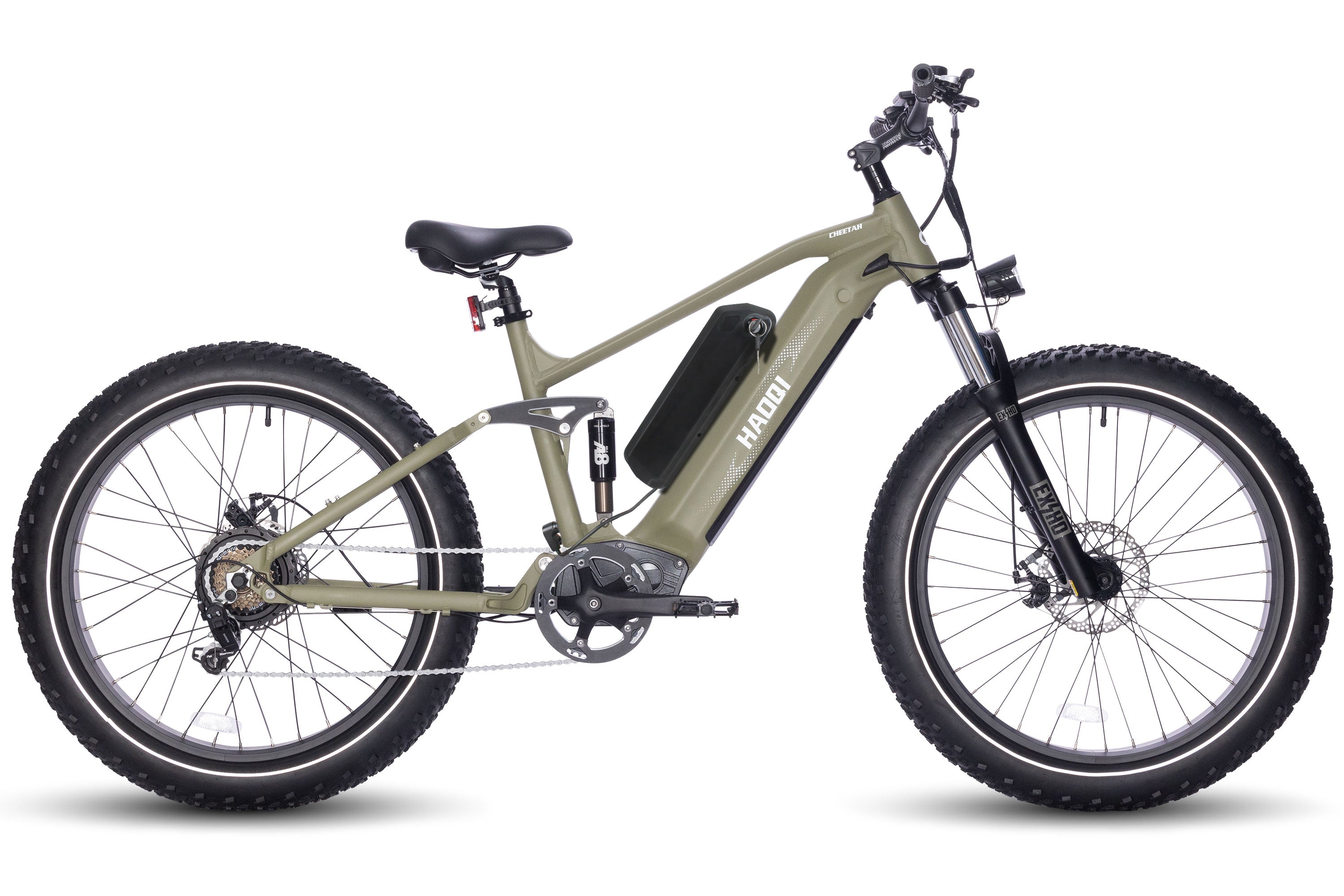
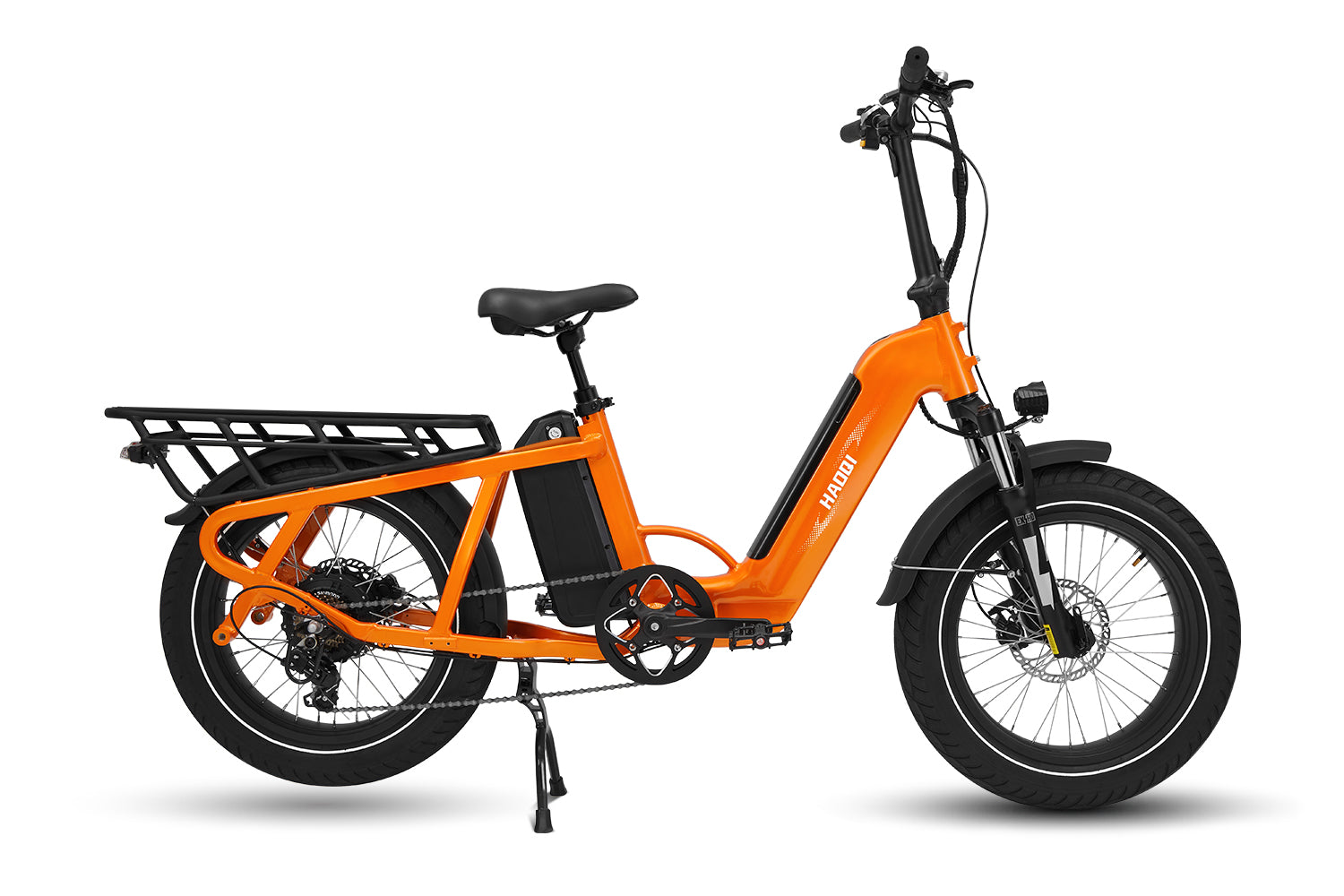
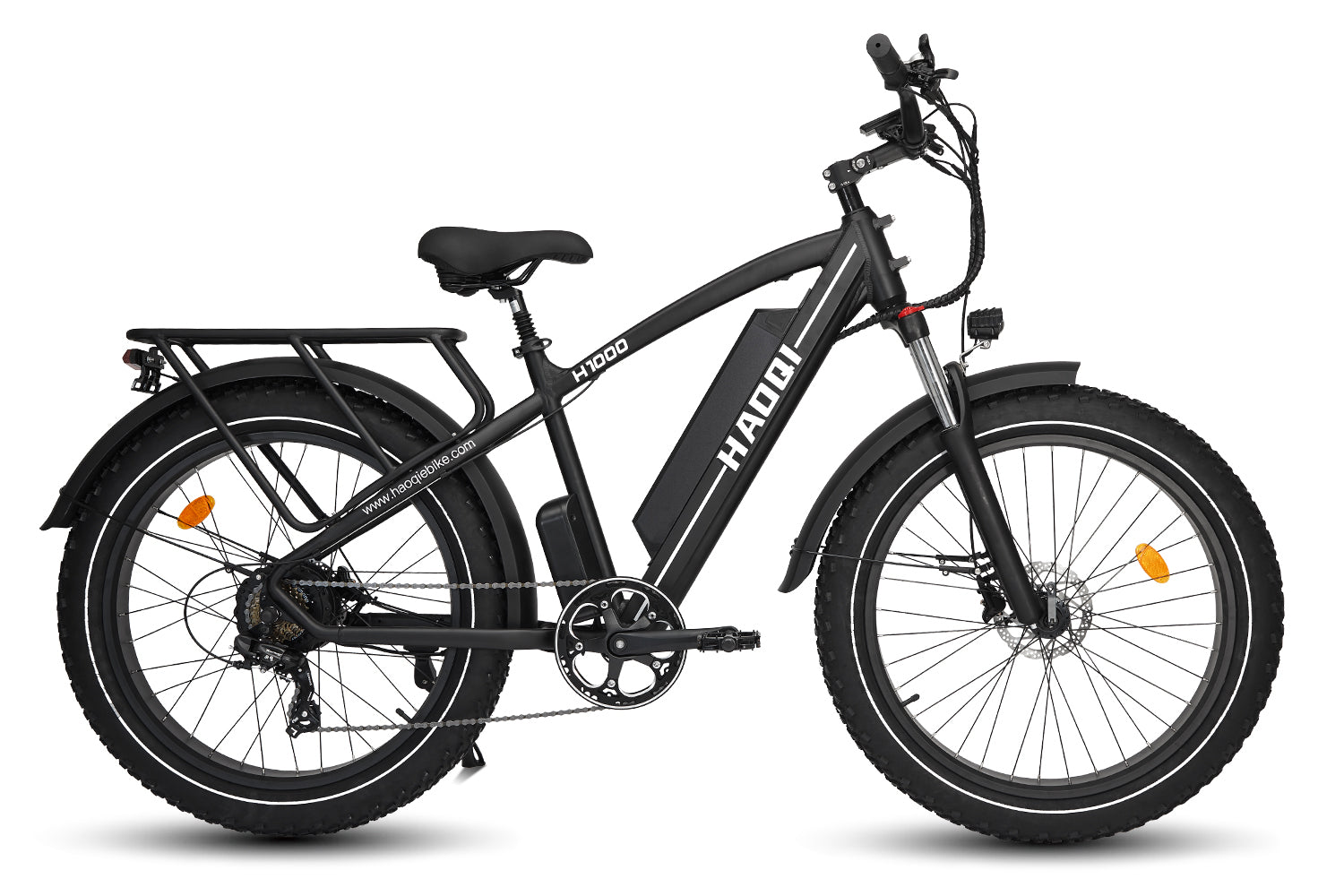
![HAOQI Antelope 500W Cargo Electric Bike (UL Certified) [electric bike] [HAOQI ebike]](http://haoqiebike.com/cdn/shop/products/haoqi-antelope-cargo-electric-bike-with-dual-battery-haoqiebike-com-1.jpg?v=1753954498&width=1500)
![HAOQI Squirrel Folding Electric Bike (UL Certified) [electric bike] [HAOQI ebike]](http://haoqiebike.com/cdn/shop/files/1_03c67b67-715e-4617-a648-51f108ceb425.jpg?v=1766473332&width=1500)
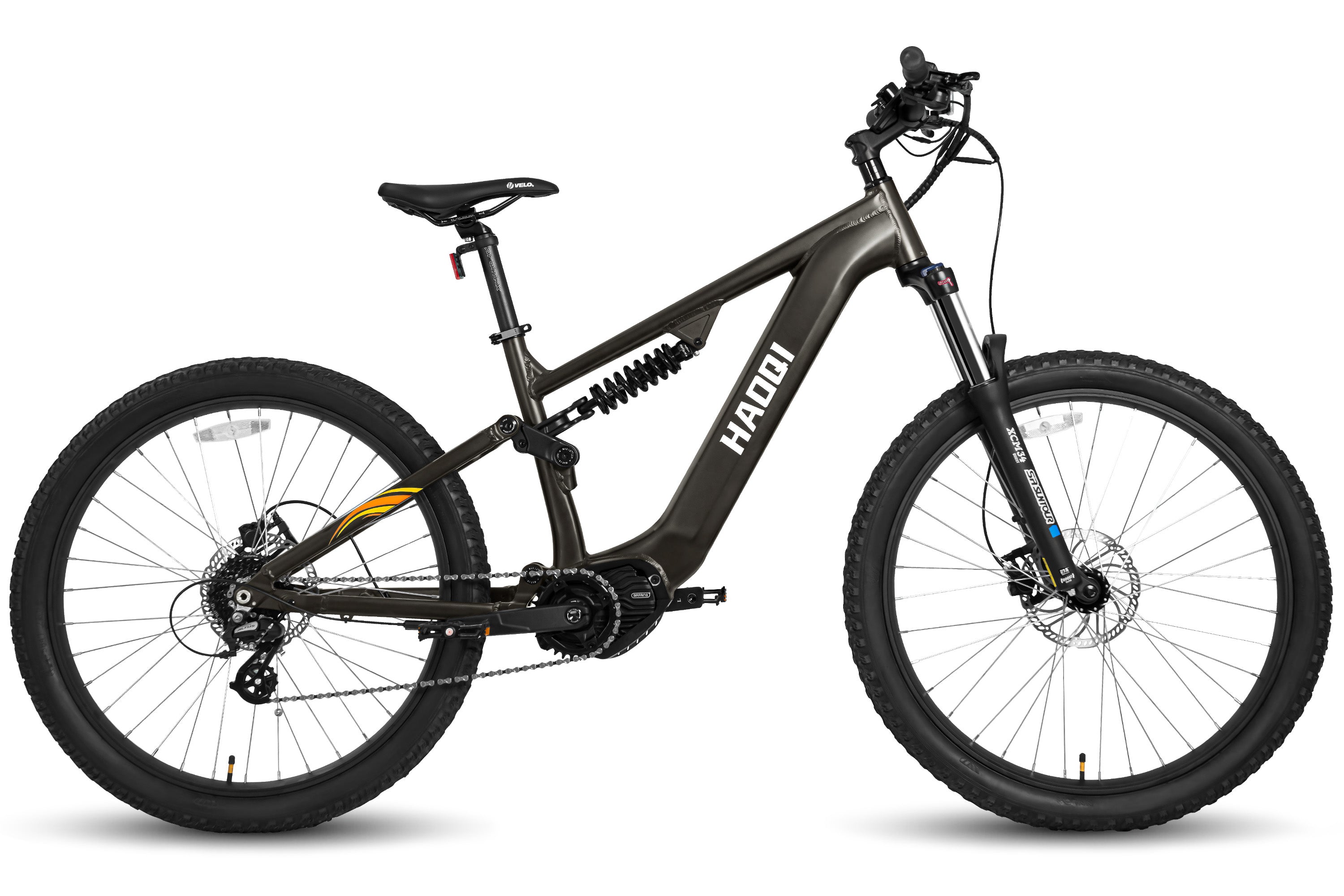
![HAOQI Eagle Long Range Electric Bicycle (UL Certified) [electric bike] [HAOQI ebike]](http://haoqiebike.com/cdn/shop/files/2_bf7ae46b-aad6-472a-9c14-d56ca3f0feb6.jpg?v=1755142722&width=1500)
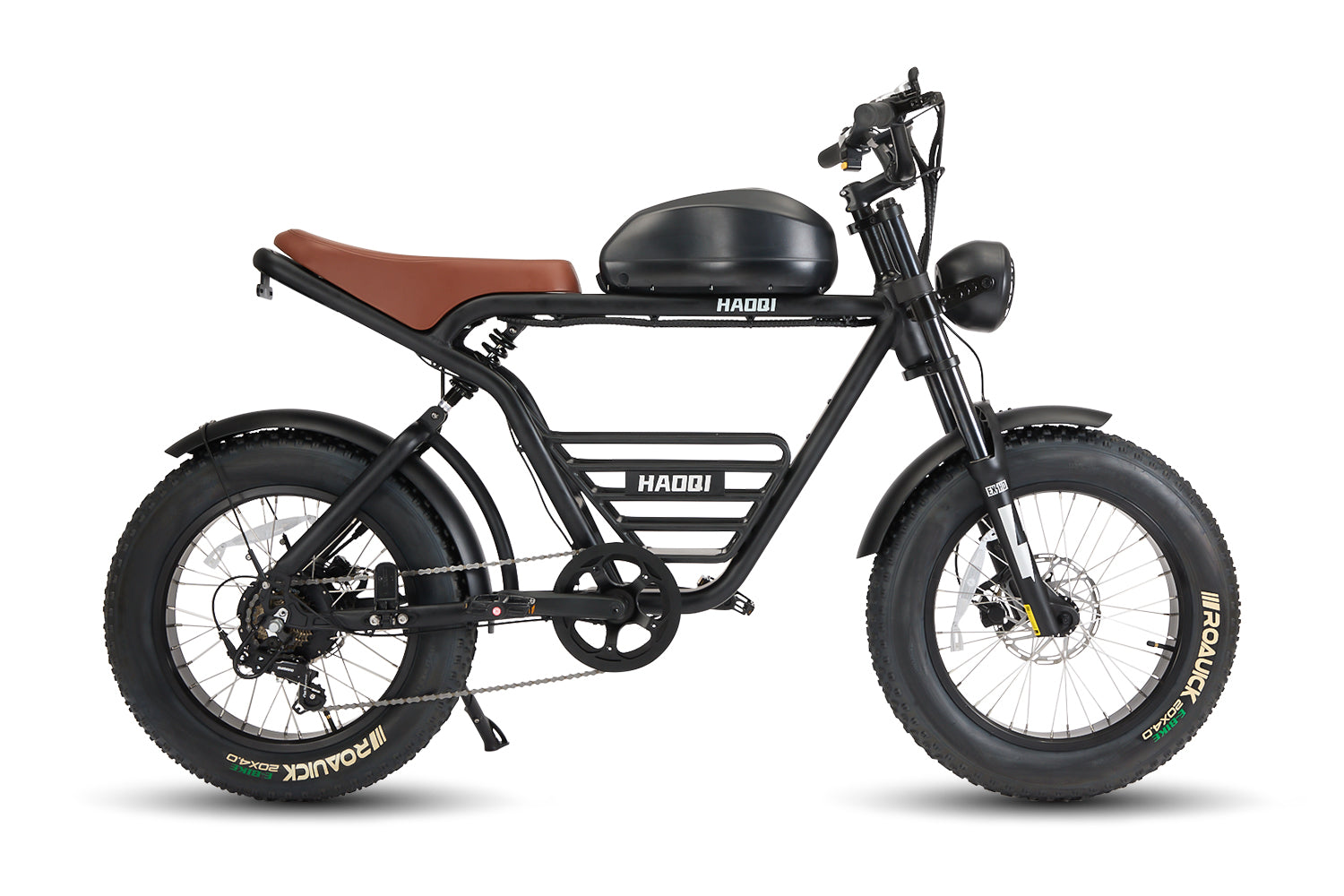
![HAOQI Antelope Pro 750W Cargo Electric Bike (UL Certified) [electric bike] [HAOQI ebike]](http://haoqiebike.com/cdn/shop/products/haoqi-antelope-pro-cargo-electric-bike-with-dual-battery-750w-haoqiebike-com-1.jpg?v=1751610204&width=1500)
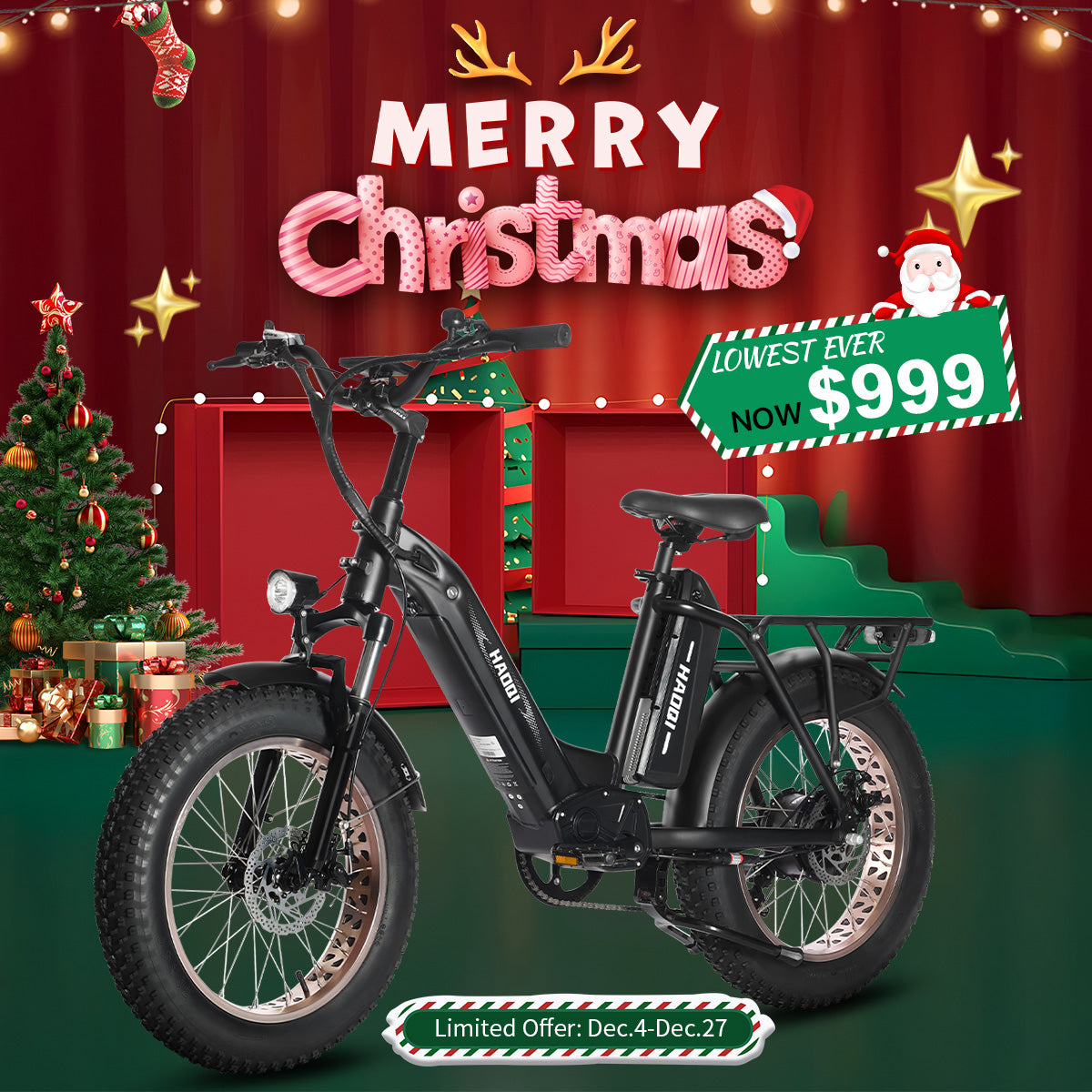


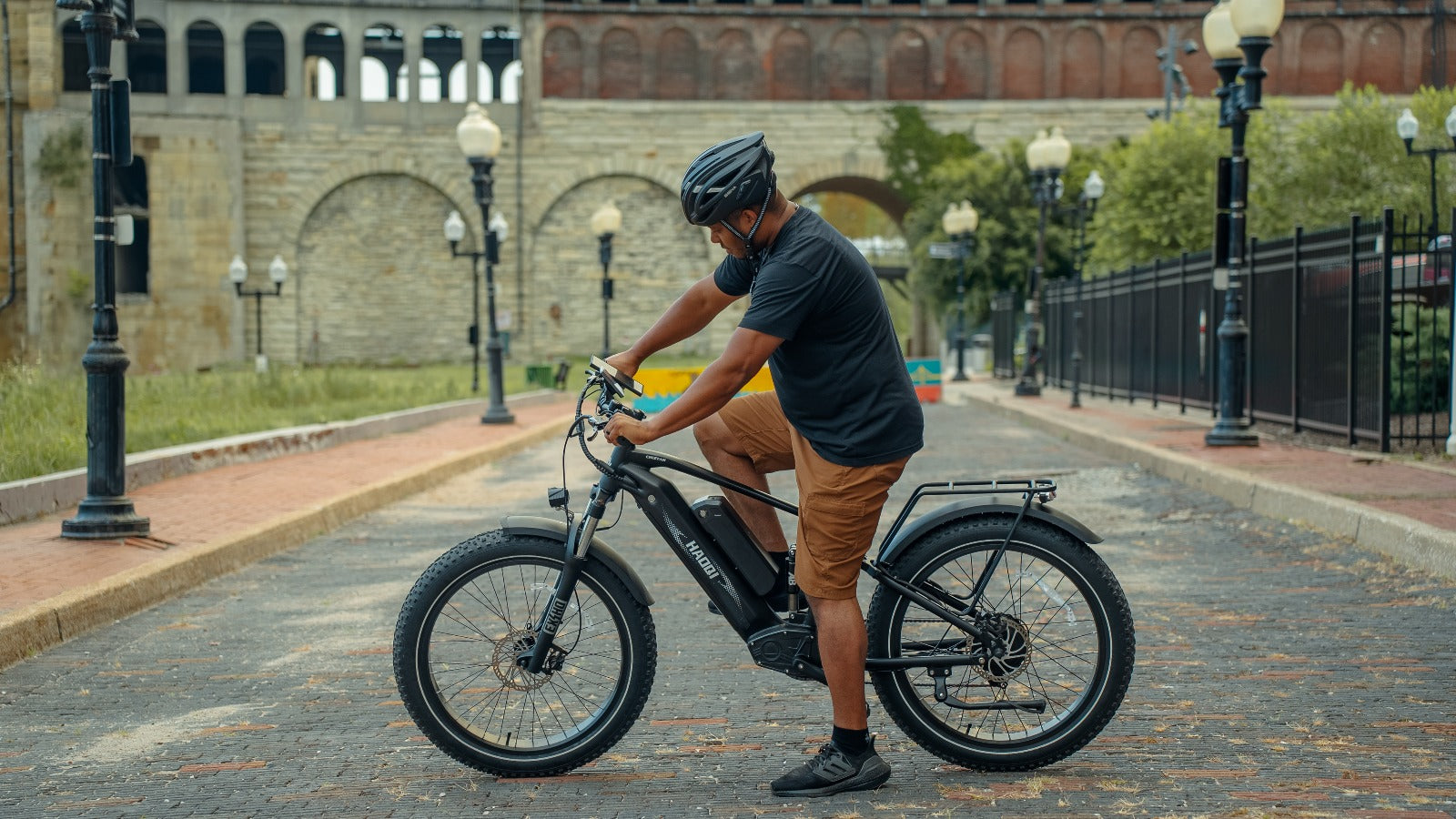
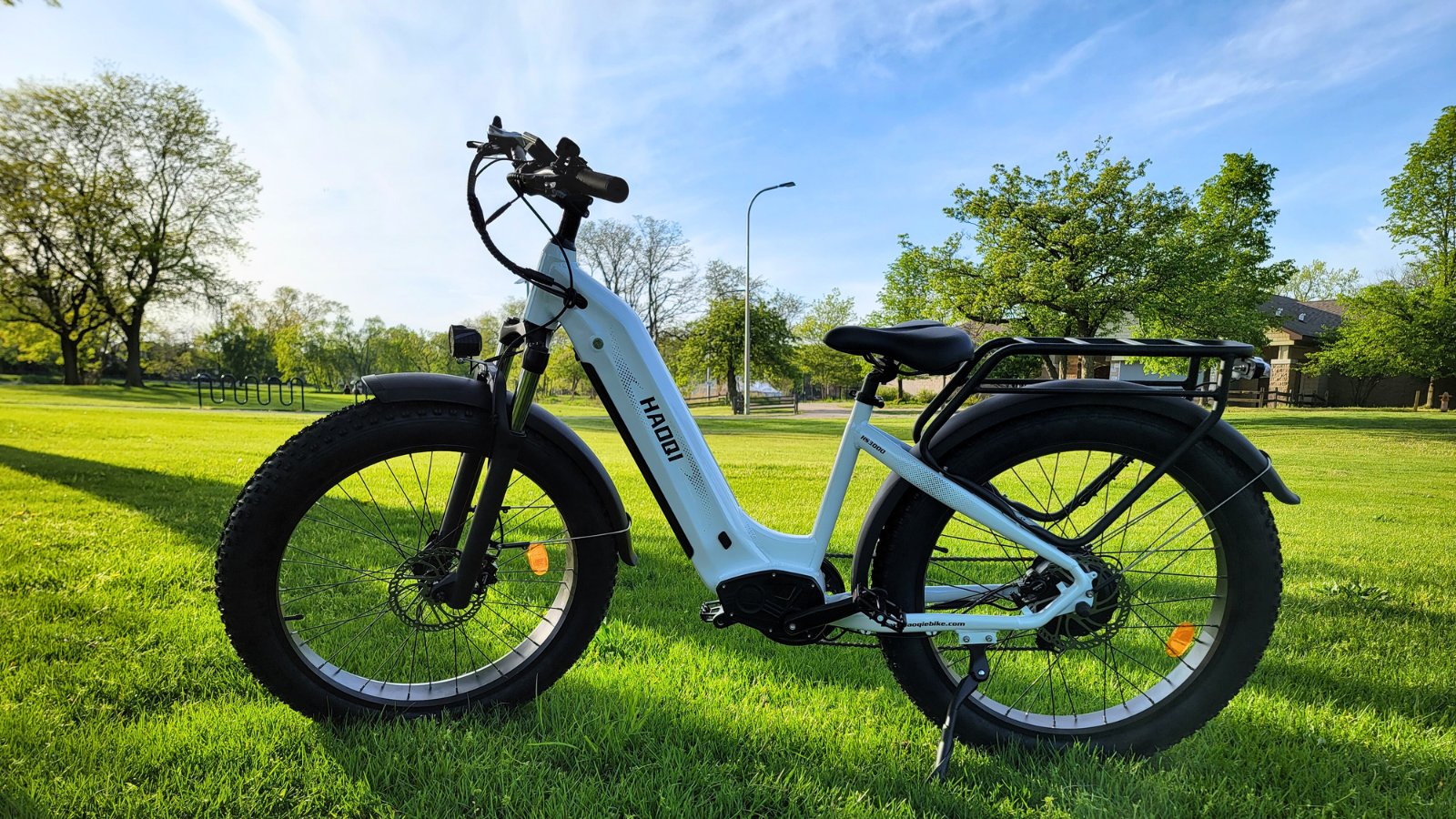




Leave a comment
All comments are moderated before being published.
This site is protected by hCaptcha and the hCaptcha Privacy Policy and Terms of Service apply.